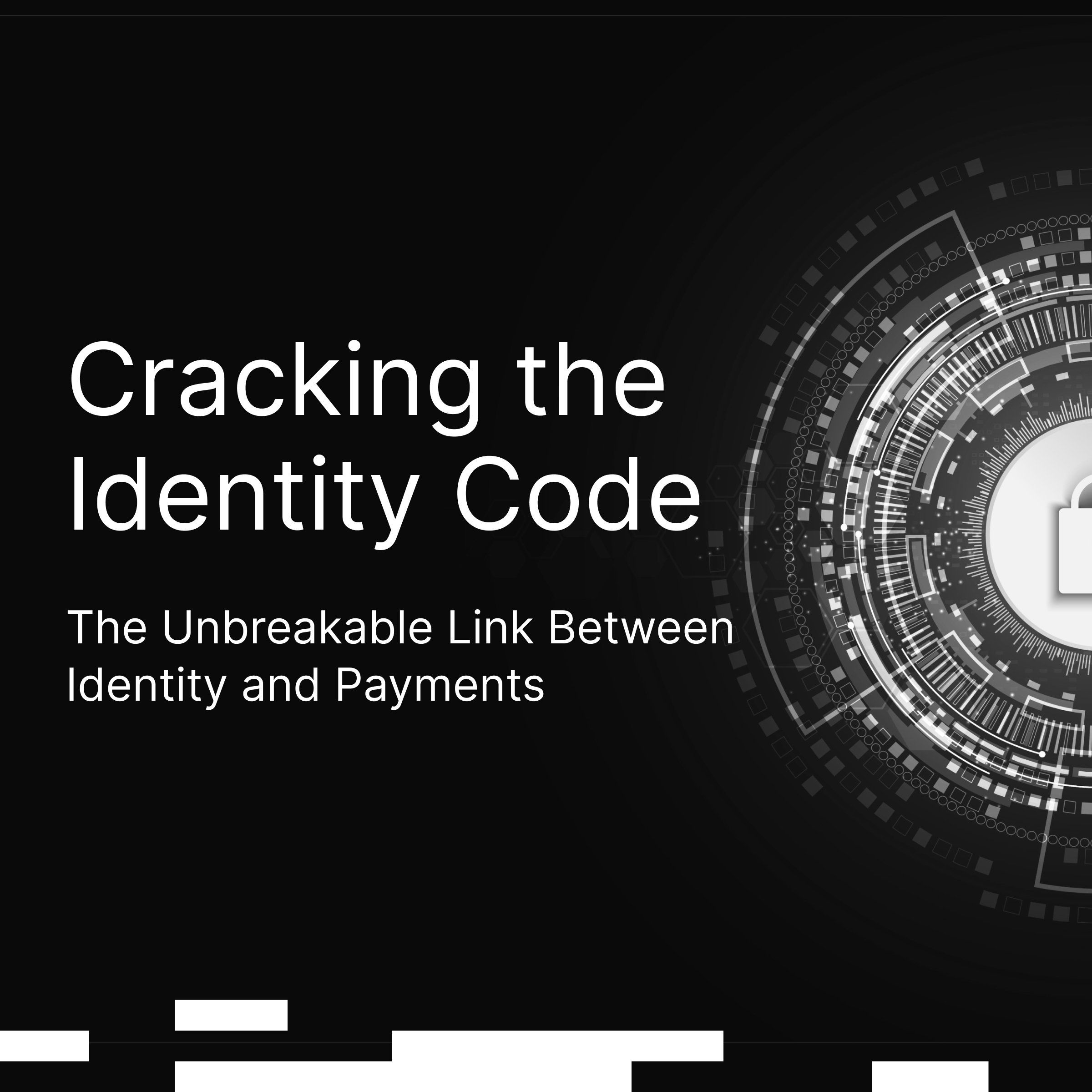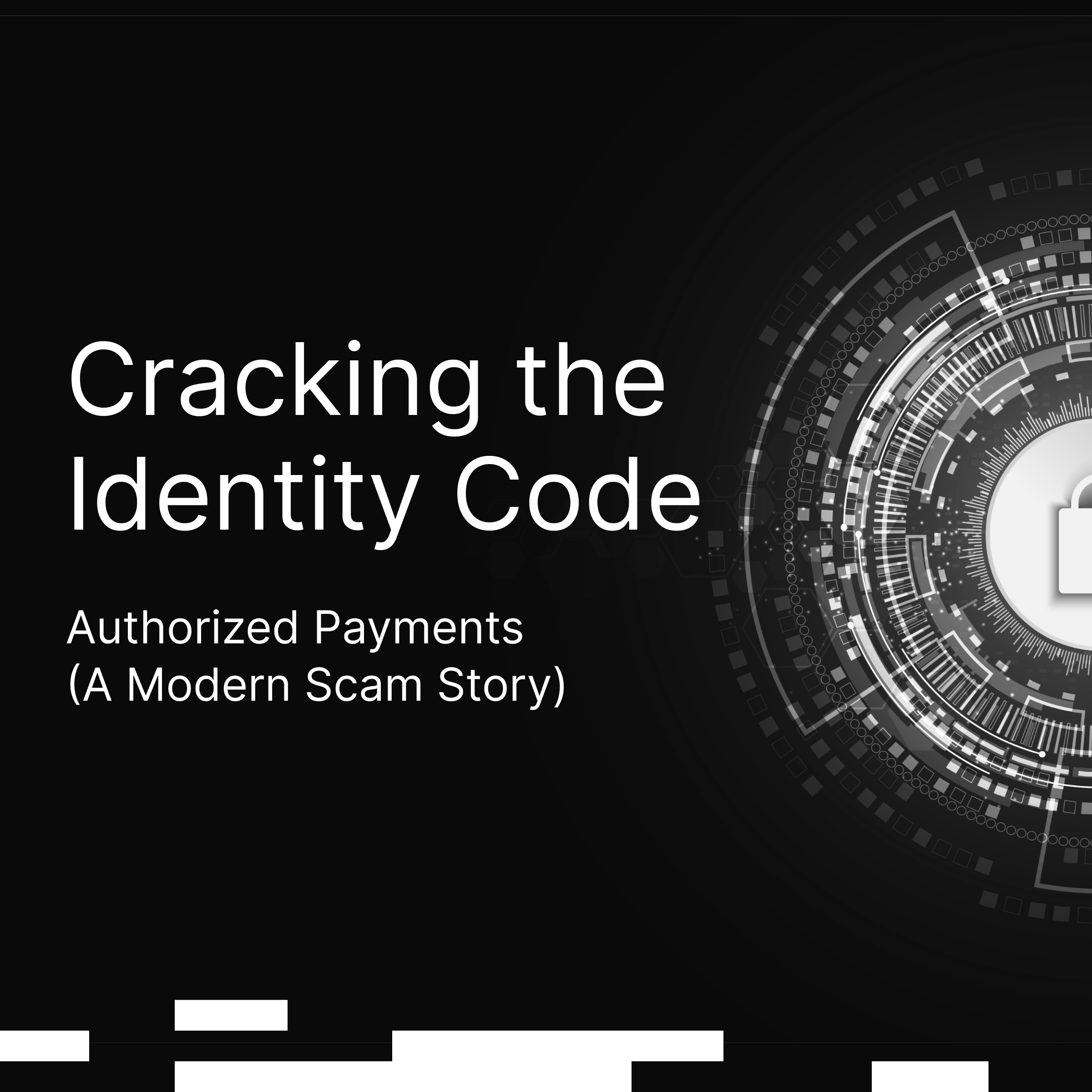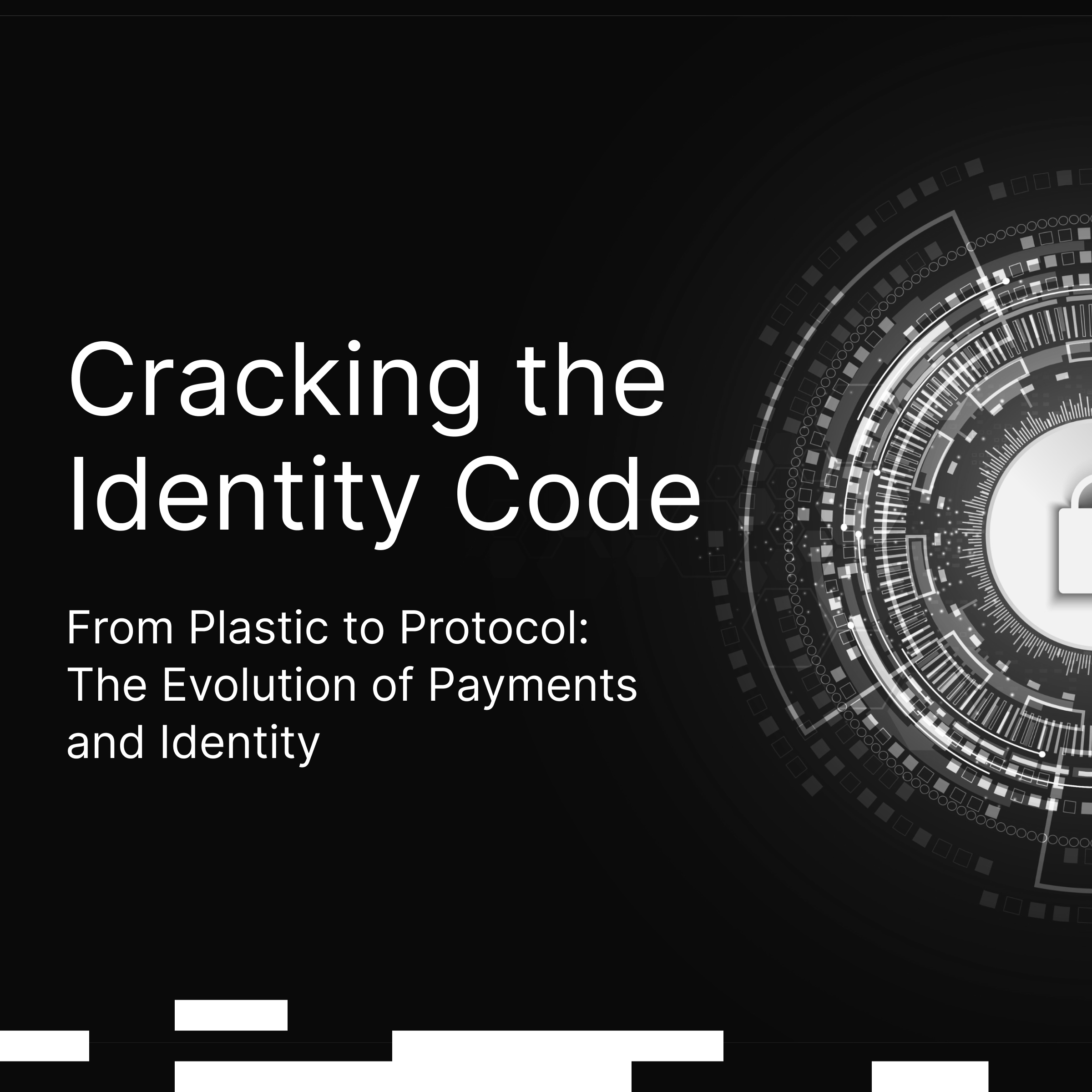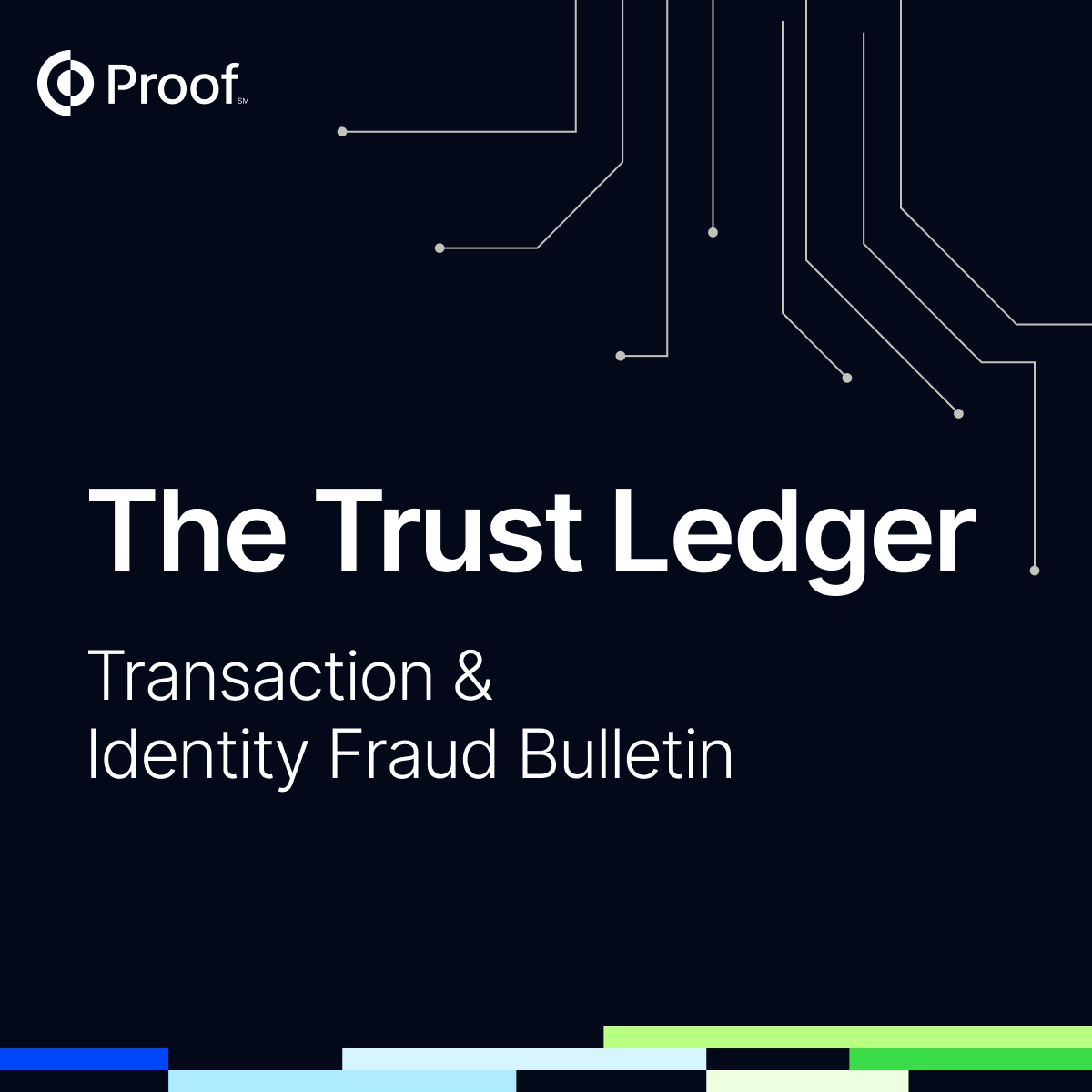Cracking the Identity Code: The Identity Crisis in a Borderless Financial System
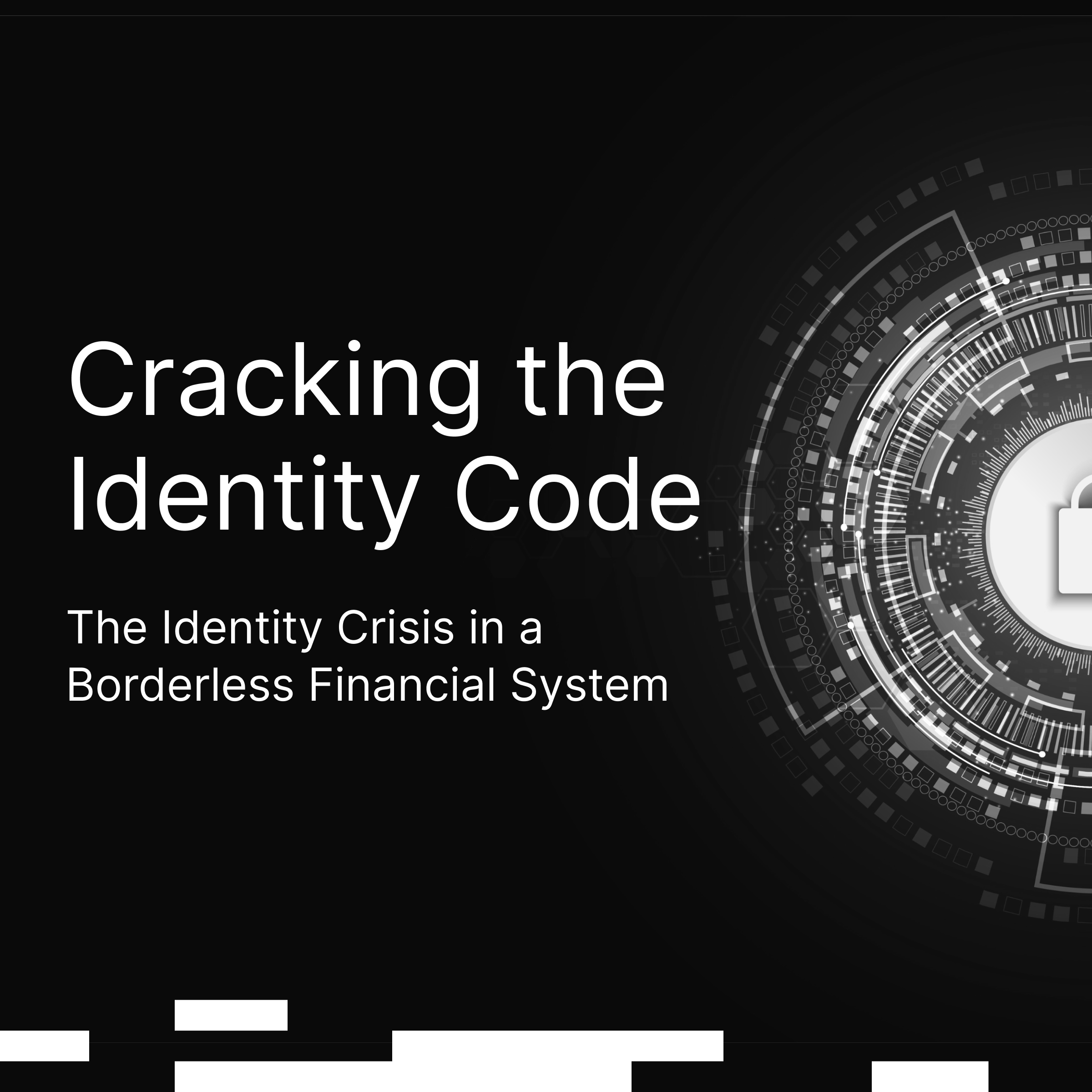
Welcome to Cracking the Identity Code!
Building on the insights from 'The Payment Parallel,' this new series from Proof unpacks how the identity industry is scaling to meet today's challenges and enable a new era of financial services.
Over this series we will explore how liability is shifting in the identity world (similar to when EMV chips were introduced to payments), creating a trust network using a legally-bound identity network, the structural and strategic barriers and bottlenecks to industry adoption, and more!
The Identity Crisis in a Borderless Financial System
Today’s financial system is global and digital - but its compliance infrastructure is stuck in the past. Nowhere is this more obvious than in how identity information is shared and validated during payments. Whether it’s someone transferring stablecoins from a wallet in the United Kingdom to one in Hong Kong or a U.S. business wiring funds to a supplier in Singapore, regulators and banks expect verified sender and receiver identity to travel with every payment.
That’s the promise of the so-called Travel Rule. But increasingly, it feels more like theory than reality.
In traditional banking, legacy rails like SWIFT support the transmission of identity data with wire transfers to comply with the Travel Rule. While the same expectations apply in crypto, especially since the Financial Action Task Force (FATF) extended those requirements to virtual assets in 2019, implementation and compliance has been far less consistent.
While traditional finance may have the benefit of decades of embedded compliance and established bilateral trust agreements, it’s built on aging infrastructure ill suited to compete with modern payment networks. Crypto exchanges, meanwhile, struggle to meet compliance benchmarks and lack the interoperability, messaging standards, and persistent identity architecture needed to get there.
These problems aren’t isolated to banks or exchanges. It’s a structural failure in how identity is managed across financial ecosystems. Solving it will take more than getting exchanges compliant—it will require a new layer of infrastructure: a portable, legal, and reusable digital identity that works across institutions, jurisdictions, and payment networks.
TradFi Has Compliance—But Not Portability
Banks have long met Travel Rule requirements. In the U.S., the rule has been enforced under the Bank Secrecy Act since 1996, requiring originator and beneficiary information to “travel” with funds sent via wire. Through messaging networks like SWIFT, the infrastructure largely exists to reliably transmit this data from bank to bank.
But beyond messaging, interoperability is limited. Compliance often depends on bilateral arrangements and institution-specific processes. Identity is handled one institution at a time. There’s no common credential that travels with the customer or a standard way to port verified identity across banks.
This creates cost, friction, and inefficiency. In the U.S., millions of Suspicious Activity Reports (SARs) are filed every year, many stemming from questionable or false identity data. Globally, financial compliance costs are staggering—estimated at over $200 billion annually.
So while traditional finance may have the infrastructure to check the box on compliance, the system is hardly seamless. There’s no way to reuse a verified identity across banks, regions, or channels. That fragmentation slows innovation, raises costs, and creates barriers to inclusion.
Blockchains Have Speed—But No Identity Infrastructure
With blockchain based transactions, the problem is more acute. Pseudonymity remains the default, and while virtual asset providers are expected to comply with the Travel Rule, there is no universally adopted format for doing so and little enforcement in many jurisdictions.
FATF’s latest report on implementation found that over 75% of jurisdictions had yet to fully enforce Travel Rule requirements across crypto transfers. This has left a regulatory blind spot where illicit actors can move money globally and skirt any meaningful attempts at identity verification.
Even among exchanges that try to comply, interoperability is lacking. While some messaging protocols exist to support crypto transfers, none are universally adopted. All the while, very few solve the underlying identity problem: how to properly confirm the identity of a customer and transmit that verified identity across networks securely.
The result is a system that’s fast, global, and programmable—but fundamentally untrustworthy. For regulators, it’s a major risk vector. For banks looking to embrace crypto, it’s a barrier to adoption and integration.
What’s Missing: A Global Identity Credential That Can Travel
Both banks and exchanges suffer from the same core deficiency: the lack of a persistent, portable, and legally anchored identity credential that can move with the user.
Call it a financial identity passport.
In traditional finance, it would reduce fraud, accelerate onboarding, and enable verified identity reuse across payment rails and digital platforms. In crypto, it would make Travel Rule compliance native to the system—rather than relying on brittle point-to-point workarounds.
Critically, this identity must be:
- Legally rooted: anchored to a verified real-world identity (e.g., KYC/KYB)
- Cryptographically secure: proven using digital signatures and public-key infrastructure (PKI)
- Reusable: able to move across trusted entities without repeating the KYC process
- Interoperable: recognizable and verifiable across jurisdictions and technical systems
That’s the infrastructure gap—one that neither banks nor crypto has fully solved.
The Strategic Opportunity Ahead
Regulators are converging on the need for real-time, identity-aware financial systems—whether through legislation like the GENIUS Act in the U.S. or ongoing global enforcement of the Travel Rule.
But regulation alone won’t fix the infrastructure. Technology will have to lead.
The next phase of identity verification in payments must be portable, programmable, and compliant by design. Building a globally accepted credential—rooted in cryptographic trust and legal verification—may be the only scalable way to unify identity across both open and closed networks.
The winners in this new paradigm won’t be those with the biggest compliance teams. They’ll be the ones that help identity travel with the transaction—securely, transparently, and in a way that regulators and end-users can trust.
In the next installment of Cracking the Identity Code, we will explore how the introduction of EMV chips reduced fraud in payments and see how the identity industry’s transition to persistent identities will deliver the same benefits across all transaction types.












































.png)


.jpg)












